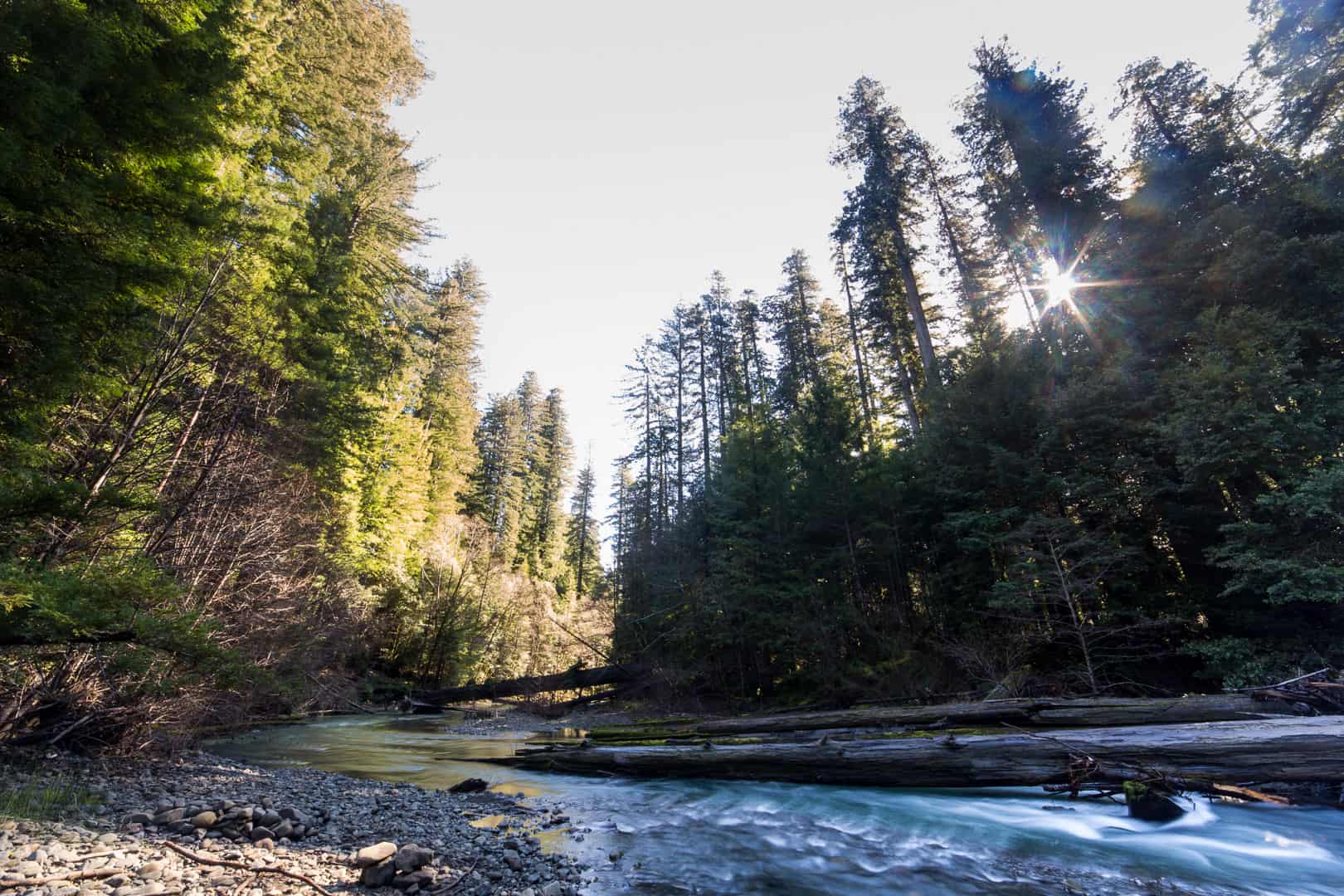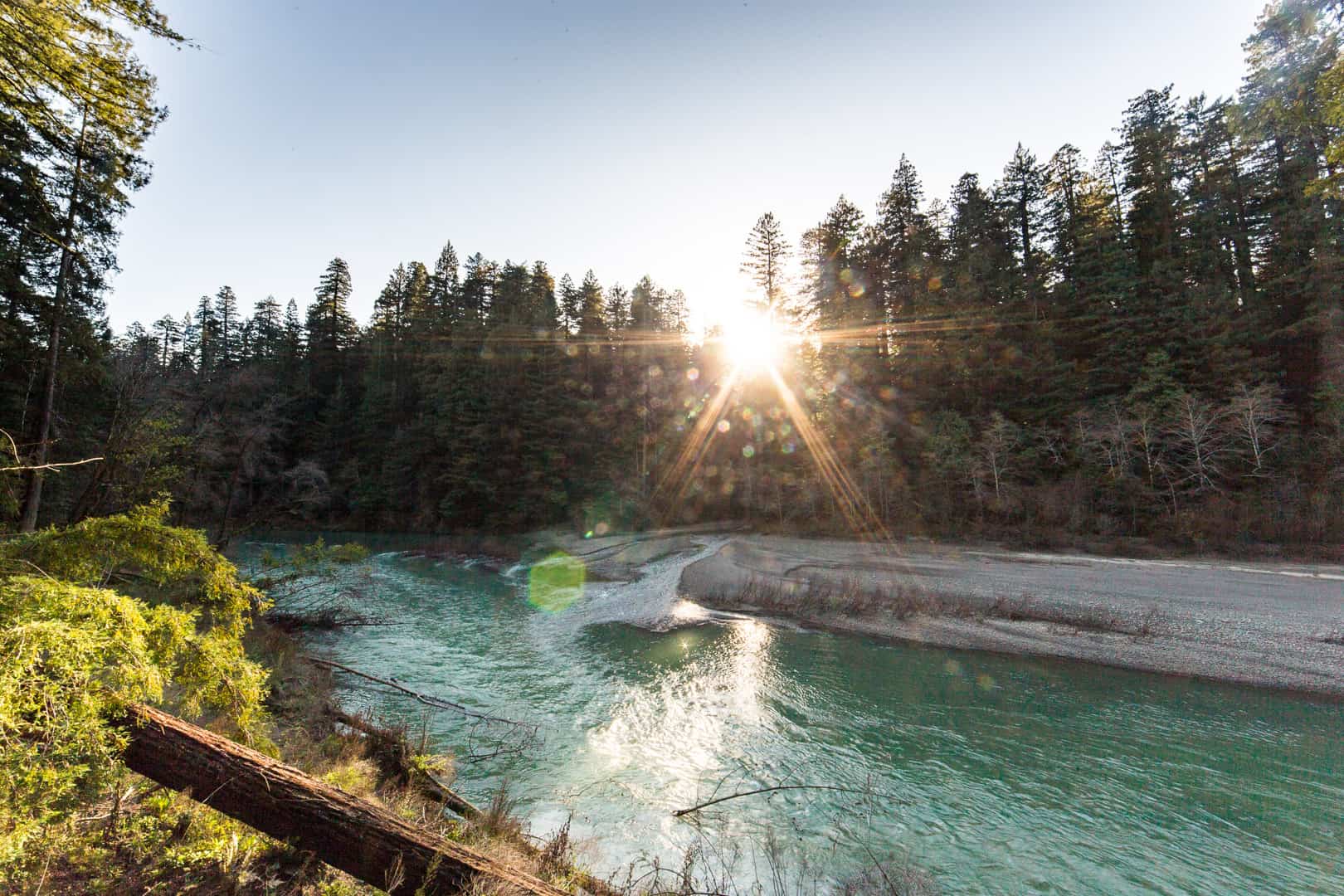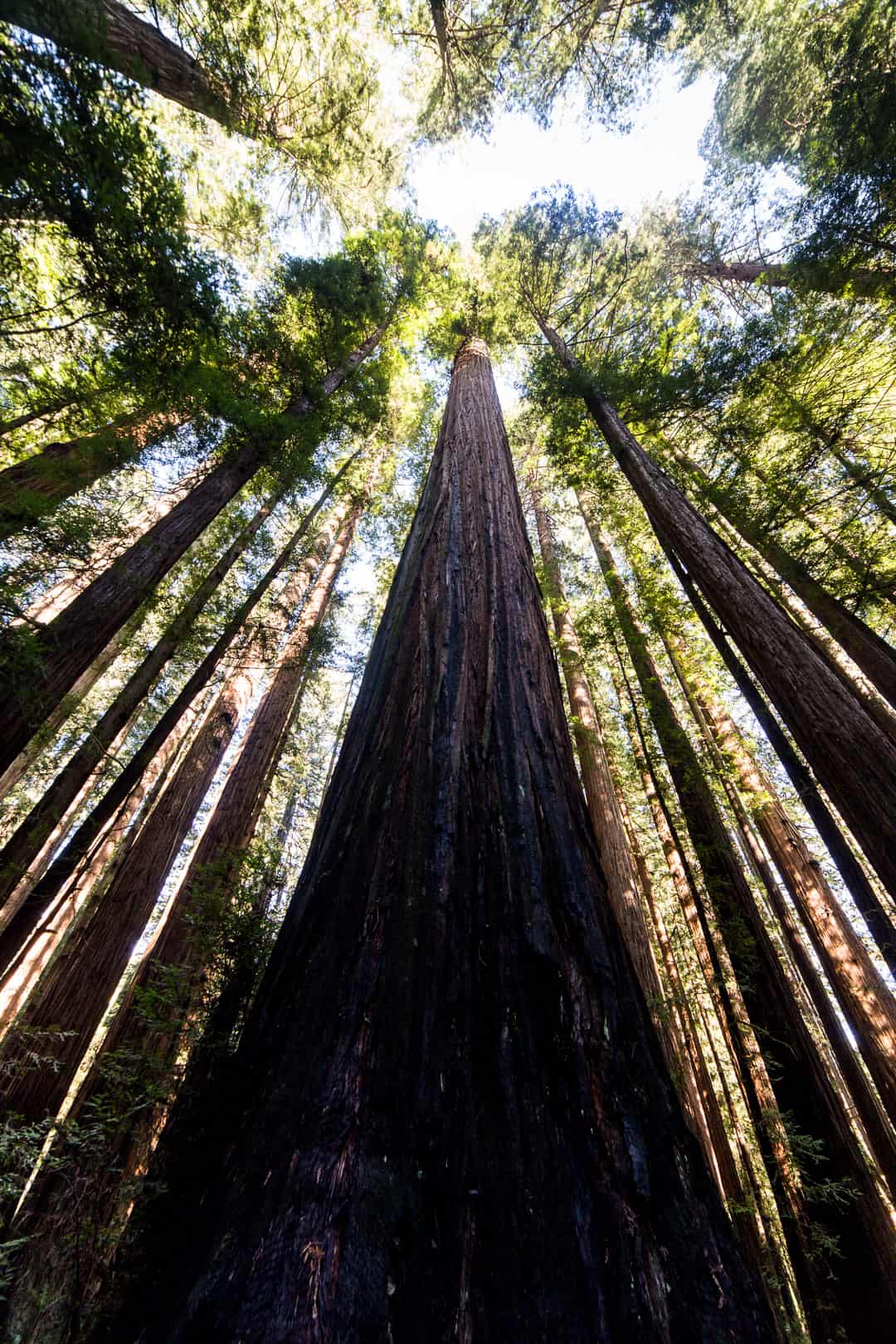

Humboldt Redwoods State Park
Arguably the Mecca of the great coastal redwood forest, Humboldt Redwoods State Park is where you’ll find the majority of the world’s tallest trees, as well as the Rockefeller Forest — the largest remaining contiguous forest of old-growth redwoods. It is a place like no other.
TOP: Bull Creek cuts through Rockefeller Forest, the largest contiguous old-growth redwood forest we have left, and a holy site to worshippers of this great tree, the Sequoia semperviren. Along this stream you’ll find the finest examples of lowland, alluvial flat redwood groves on Earth, containing staggering numbers and concentrations of trees exceeding 350 feet in height.



Directions to Humboldt Redwoods State Park
Related Organizations
Humboldt Redwoods Interpretive Association
Save the Redwoods League
Since 1918, Save the Redwoods League has protected and restored California redwood forests and connected people with their peace and beauty so these wonders of the natural world flourish. They purchase redwood forests and the surrounding lands needed to nurture them; regenerate logged forests so they become spectacular havens for future generations; study how to best protect and restore these global treasures; and introduce people to these magical places.
Redwood Parks Conservancy
California State Parks
The mission of California State Parks is to provide for the health, inspiration and education of the people of California by helping to preserve the state's extraordinary biological diversity, protecting its most valued natural and cultural resources, and creating opportunities for high-quality outdoor recreation.











